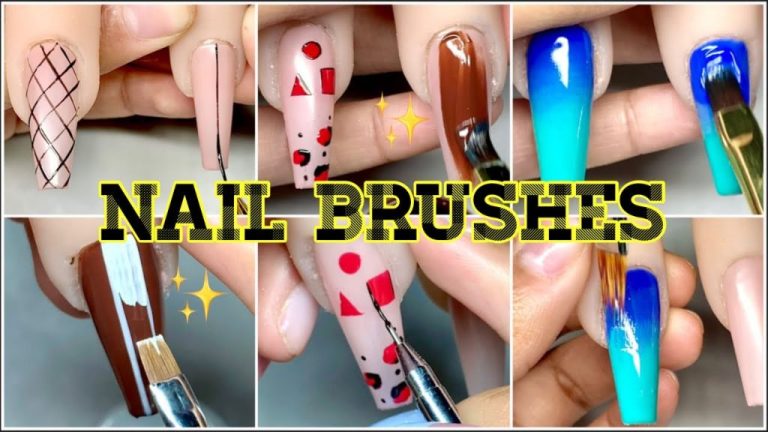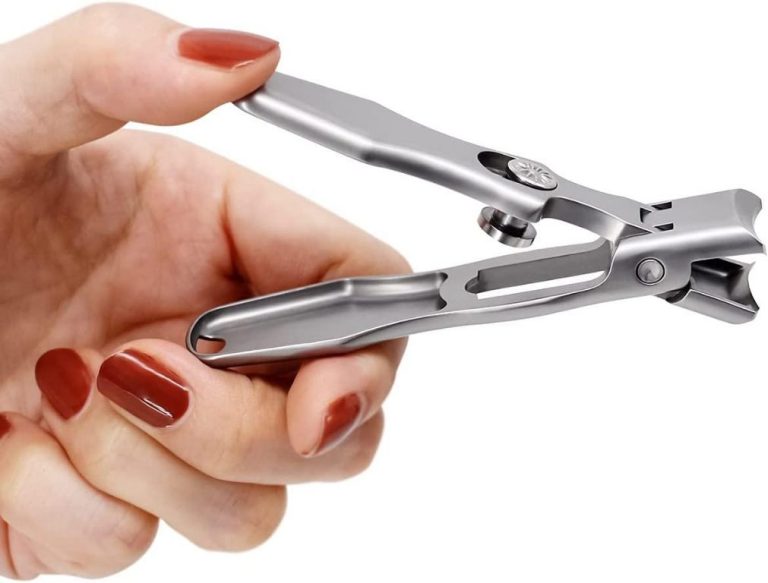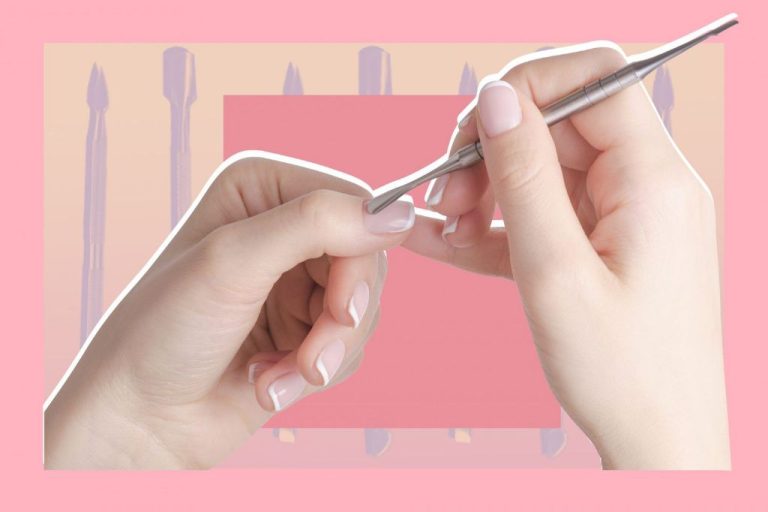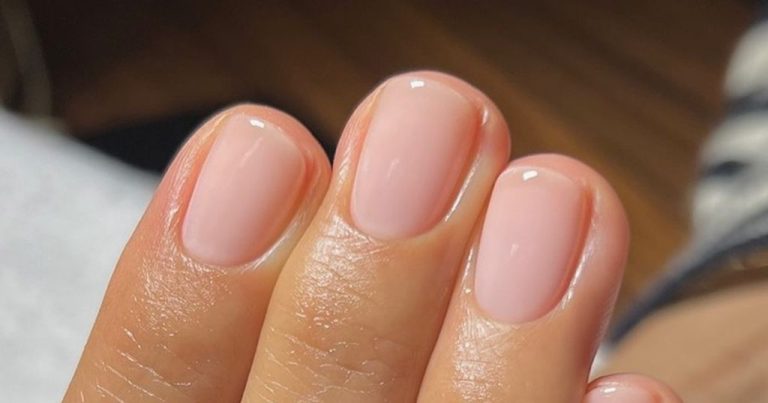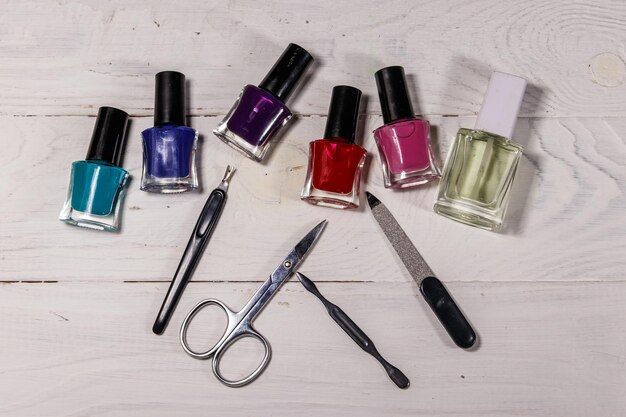Nail Tools 101: A Beginner’S Guide To Manicure Essentials
Proper nail tools are essential for achieving beautiful, healthy nails. This beginner’s guide will define the basic tools needed for a standard manicure and explain how each one should be used. Knowing the proper techniques and tools makes it possible for anyone to give themselves a professional-quality manicure at home.
A basic manicure kit includes items like nail clippers, files, cuticle tools, buffers, oil, and brushes. While extras like dotting tools or rhinestones can add unique designs, the essentials covered in this guide will allow beginners to neatly trim, shape, push back, hydrate, and clean nails. Mastering use of these fundamental nail care tools is the first step to creating stunning manicures.
This guide explains the importance of each item, proper usage, and what to look for when selecting quality tools. With the right beginner knowledge, manicure essentials become easy to navigate. Hands and nails can be consistently maintained and improved with simple at-home techniques. Anyone can learn how to care for their nails like a professional.
Nail Clippers
Nail clippers are an essential tool for proper nail care and maintenance. There are a few different types of nail clippers to consider:
Standard nail clippers are the most common type. They have an oval shape with curved blades for clipping fingernails and toenails. Look for stainless steel blades that are sharp and accurately aligned.1
Heavy-duty nail clippers are larger with thicker, wider blades made for tough toenails. The lever-style handle provides more clipping power.2
Specialty nail clippers like cathedral or angular styles are designed to get into corners and cut nails straight across. People with toenails that are thick or curved might prefer these clippers.
Look for nail clippers with sturdy construction, sharp blades, and a comfortable grip. Many nail clippers come with a nail file, tweezers, and nail cleaner built into the handle for convenience.
Nail Files
Nail files are essential tools for shaping and smoothing the edges of natural nails as well as acrylic or gel nail extensions. There are a few main types of nail files to choose from:
- Emery boards – These are inexpensive, disposable paper files that are coated with emery, an abrasive mineral. They tend to wear out quickly. The rough texture can cause nails to split and peel if used too aggressively. Go gently when using emery boards.
- Metal nail files – Made of fine stainless steel or alloy, these files have a long lifespan and cut nails smoothly without tearing. However, some consider them too harsh for natural nails. They work well on acrylics and gels.
- Glass files – Glass nail files are gentler than metal, creating a smooth edge without weakening nails. They usually have a fine grit and last much longer than emery boards. Glass files can be used in both directions.
- Sapphire files – With diamond dust or sapphire dust embedded in the abrasive surface, these files are gentle yet very durable. Great for natural nails.
When using a nail file, avoid sawing back and forth. Instead, file in one direction, starting from the outside corner of the nail and working toward the center. Apply light, even pressure and lift the file off the nail on each stroke to avoid excessive wear. Don’t file too close to the cuticles or side walls as this can damage the nail bed. Finish with a buffer for a smooth, glossy edge.
Cuticle Tools
Cuticle tools are an important part of any manicure kit. They help remove excess cuticle tissue and push the cuticles back to neatly frame the nail. The main types of cuticle tools are:
Cuticle clippers vs cuticle trimmers – Cuticle clippers have small, sharp blades that snip off dead cuticle skin. Cuticle trimmers have small curved or straight blades to gently trim overgrown cuticles. Clippers provide shorter cuticles while trimmers allow for more precision.
Cuticle nippers – These are small pinchers used to gently loosen and lift the cuticle away from the nail. They allow you to remove cuticle tissue without damaging the surrounding skin.
Cuticle pushers – These are round-tipped tools used to gently push back the cuticle around the nail. Pushing back rather than cutting the cuticles helps maintain healthy nail beds.
It’s important to soak and soften cuticles first before using any cuticle tools. Gently pressing and rolling the cuticle pusher against skin prevents tearing. Only remove dead cuticle tissue and avoid cutting into living skin, which can lead to infection. Proper cuticle care keeps nails looking neat and elegant.
Source: https://www.webmd.com/beauty/features/caring-for-your-cuticles
Nail Buffers
Nail buffers are tools used to smooth and shine the nails. There are a few different types of nail buffers:
- Multi-sided buffers – These have different grits on each side, ranging from coarse to fine. You start with the coarser side to smooth ridges, then move to finer grits for finishing.
- Chamois buffers – Made from leather or a chamois-like material. Used to buff nails to a natural shine.
- Electric buffers – Rotating tools that quickly smooth and polish the nails.
Proper technique is important when using a nail buffer. Always buff in one direction, using smooth back-and-forth motions. Apply light to moderate pressure. Buff each nail thoroughly, including the underside of the tip. Avoid sawing motions which can damage the nail.
Buffing nails provides several benefits:
- Smooths ridges and imperfections in the nails
- Evens out nail texture for a flawless manicure
- Gives nails a natural, shiny finish without polish
- Stimulates circulation to the fingers and nails
Buffing should be done only occasionally, as over-buffing can thin the nails. Use a light hand and quality buffer to safely enhance your nails’ appearance.
Sources:
https://www.esthersnc.com/nail-beauty/how-buff-your-nails
Cuticle Oil
Cuticle oil is an important product to incorporate into your manicure routine. It helps moisturize and nourish your cuticles to promote healthy nail growth (source). The main ingredient in cuticle oil is vegetable oil, with options like jojoba, coconut, almond, and olive oil being common.
Regularly applying cuticle oil provides many benefits for your nails and cuticles. It softens and hydrates dry, cracked cuticles to prevent peeling and hangnails. The oils penetrate deep into the nail bed to condition and strengthen nails, helping prevent splitting and breakage. Using cuticle oil can also stimulate blood circulation to encourage faster nail growth (source).
In addition, some cuticle oils contain vitamins like Vitamin E and citric acid to further nourish nails. These ingredients deliver antioxidants and acids that improve nail health. Overall, consistent use of cuticle oil makes getting beautiful, strong nails much more achievable.
Nail Brushes
Nail brushes are an essential tool for cleaning under and around the nails. They help remove dirt, debris, and bacteria that can build up in the nail beds. Using a nail brush is an important part of nail hygiene. According to the CDC, appropriate hand hygiene includes diligently cleaning and trimming fingernails, which may harbor dirt and germs and can contribute to the transmission of illnesses and infections.
There are a few different types of nail brushes:
- Bristle nail brushes – These have stiff synthetic or natural bristles that can scrub away stubborn debris.
- Silicone nail brushes – Softer silicone bristles that are gentle on nails.
- Double-sided nail brushes – Combine soft and stiff bristles for flexibility.
To properly clean under the nails, hold the nail brush under running water and brush back and forth under each nail, going in different directions to access the whole nail bed. Apply moderate pressure to remove debris but not so hard as to damage the nails. It’s recommended to scrub nails daily, or at least a few times a week, to maintain hygiene.
Sources:
https://dutchhealthstore.com/discover-the-benefits-of-a-nail-brush-cleaner-healthier-nails-await/
https://mypaume.com/blogs/news/nail-brushes-101
Nail Dotting Tools
Nail dotting tools, also called nail art dotters or striper brushes, allow you to create creative designs on your nails using acrylic paint or nail polish. They consist of a metal rod with a ball or brush on the end for applying polish in a precise dotting technique.
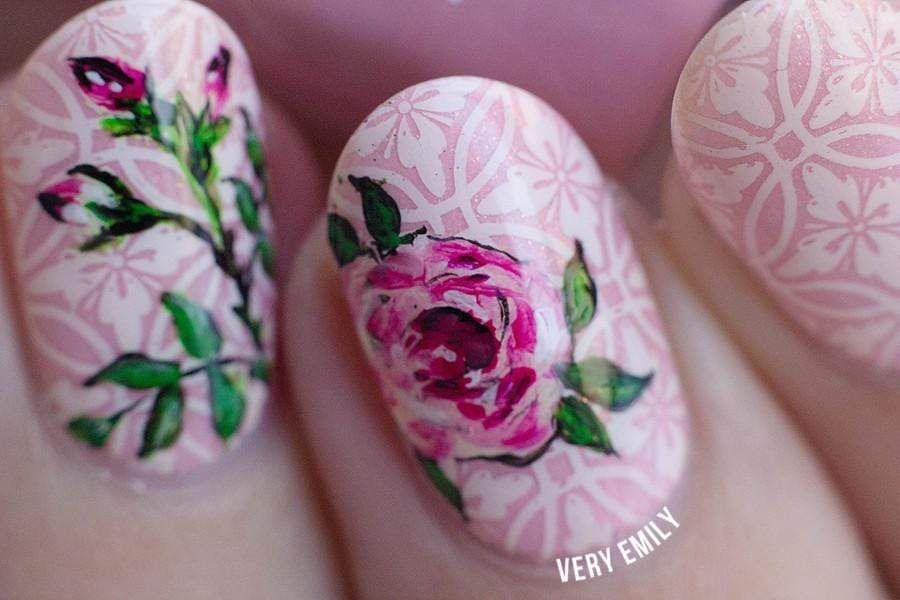
Dotting tools come in a variety of sizes, from extra small to large. The smaller tools allow you to make tiny intricate designs while larger dotters create bolder dots. Stripers have an angular brush for making straight lines or stripes.
To use a dotting tool, dip it into your chosen nail polish or acrylic paint color. Tap the dotter on your nail to evenly transfer the polish and create a round dot. You can make dots of different sizes and colors to form flowers, mandalas, geometric patterns and more. Stripers can complement by adding lines and details.
Nail dotting requires a steady hand but it’s easy enough for beginners to pick up with practice. There are many fun nail dotting ideas to try from polka dots, to animal prints, gradients and more. Dotting tools open up creative possibilities for nail art at home.
Manicure Cleanup
Manicure cleanup is an important last step in any nail care routine. Using the proper tools and products ensures your nails are left clean, healthy, and ready for the next polish application.
Cotton pads are essential for removing nail polish. Look for ones that are lint-free and absorbent for the best cleanup. Simply saturate a cotton pad with acetone or nail polish remover and hold it against each nail for 10-20 seconds before wiping away polish. Acetone is the most effective at removing even stubborn gel or shellac polishes. Avoid rubbing too aggressively to prevent nail damage.
You’ll also need a bottle of pure acetone or nail polish remover. According to Healthline, acetone is the active ingredient in most removers and will dissolve polish quickly and easily (source). Pure acetone removes polish faster but can be drying, so also have nourishing products like cuticle oil on hand. For dark polishes, Martha Stewart recommends rubbing alcohol or hand sanitizer (source).
Conclusion
In summary, the most essential tools for a beginner’s manicure kit include nail clippers, nail files, cuticle tools, nail buffers, cuticle oil, nail brushes, and nail dotting tools. When building your starter kit, focus first on the basics – a good set of clippers and files will help keep your nails trimmed and smooth. Add in cuticle care like pushers and oil to keep the skin around your nails healthy. Nail brushes and buffers will allow you to polish and shine. And dotting tools open up easy nail art techniques.
Look for quality tools made of durable materials like stainless steel. Well-designed ergonomic handles that fit your hand comfortably will make manicures easier. Invest in tools one at a time until your kit is complete. Proper storage can help keep your manicure tools organized and lasting longer. With the right essentials, you’ll be set up for professional looking at-home manicures.

